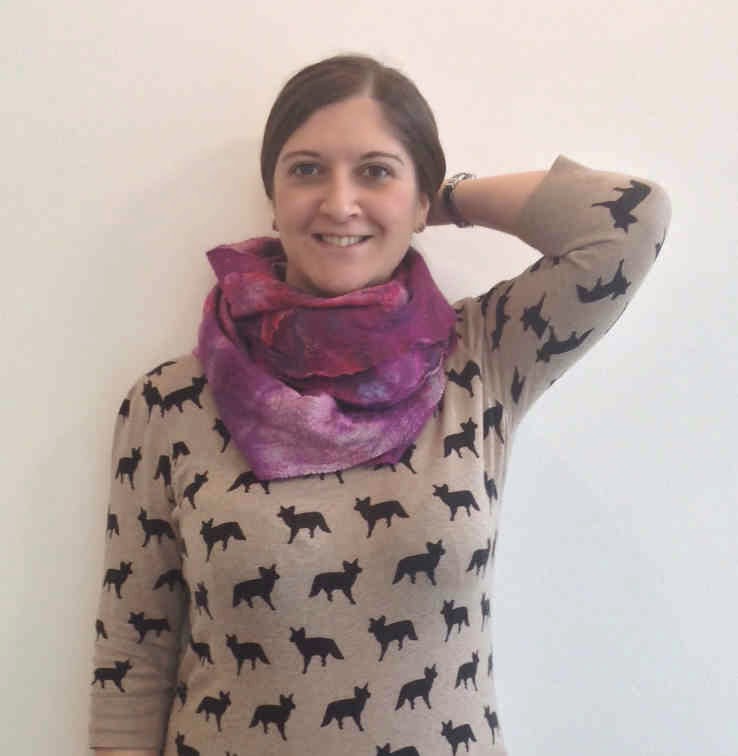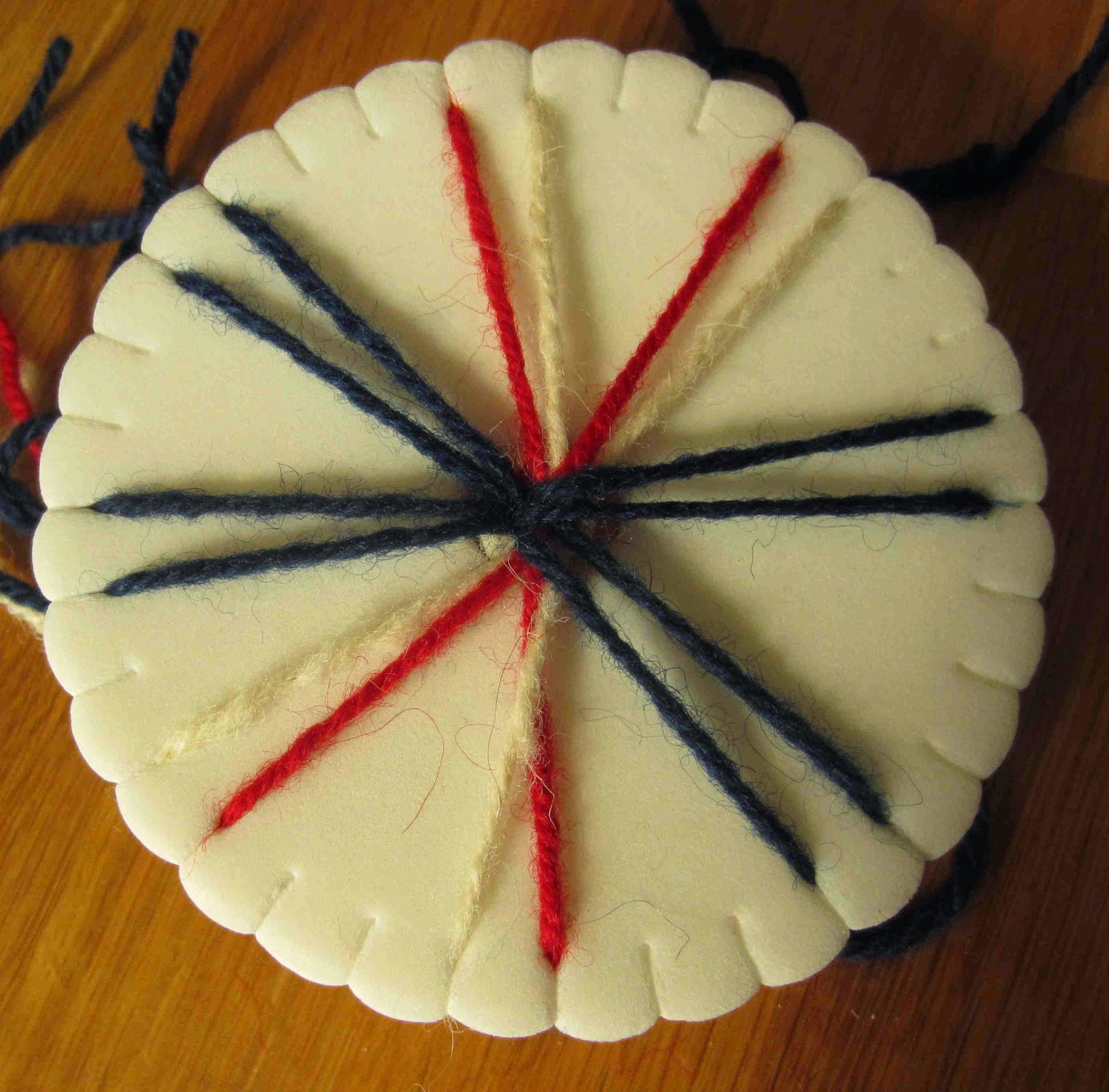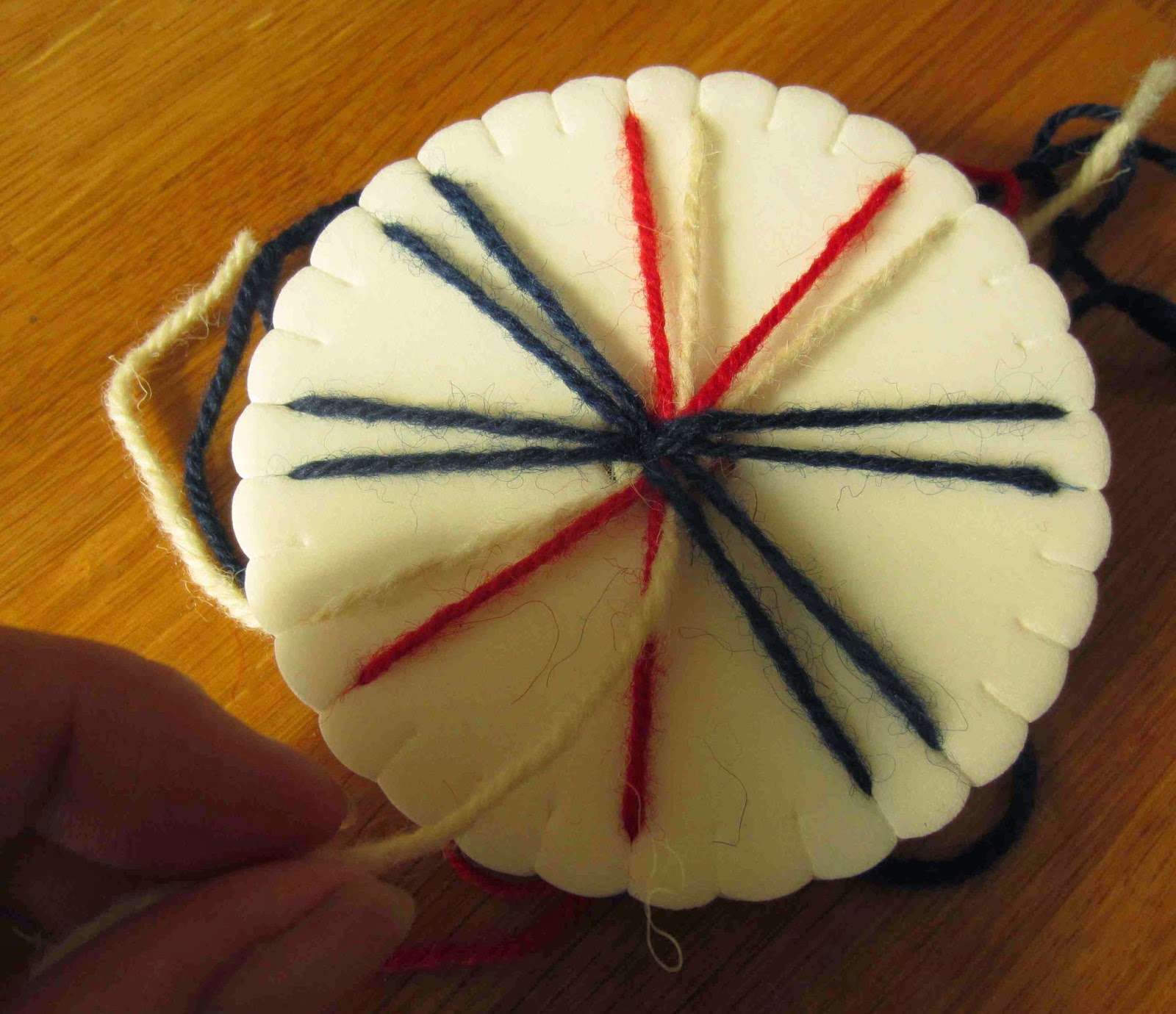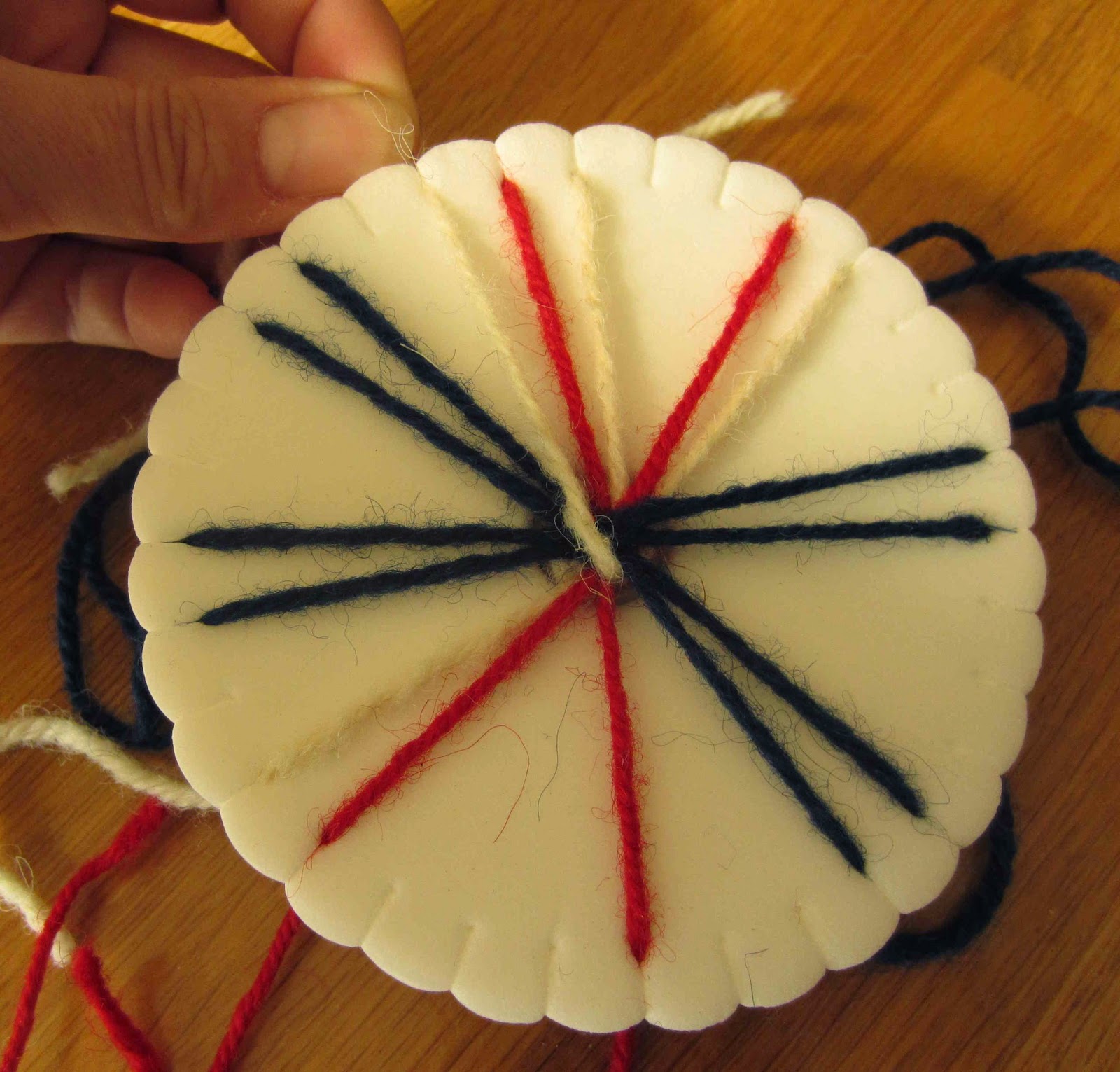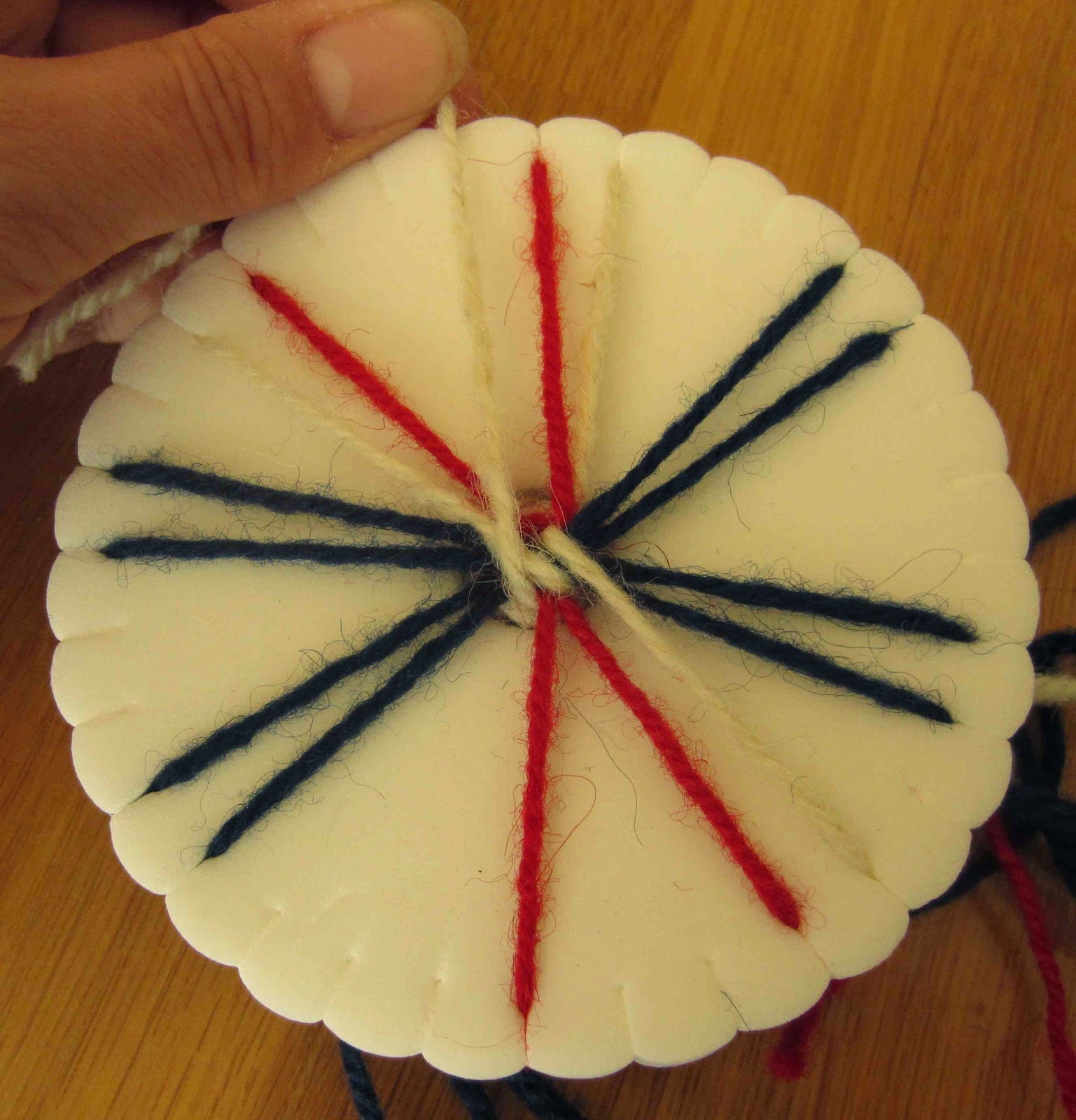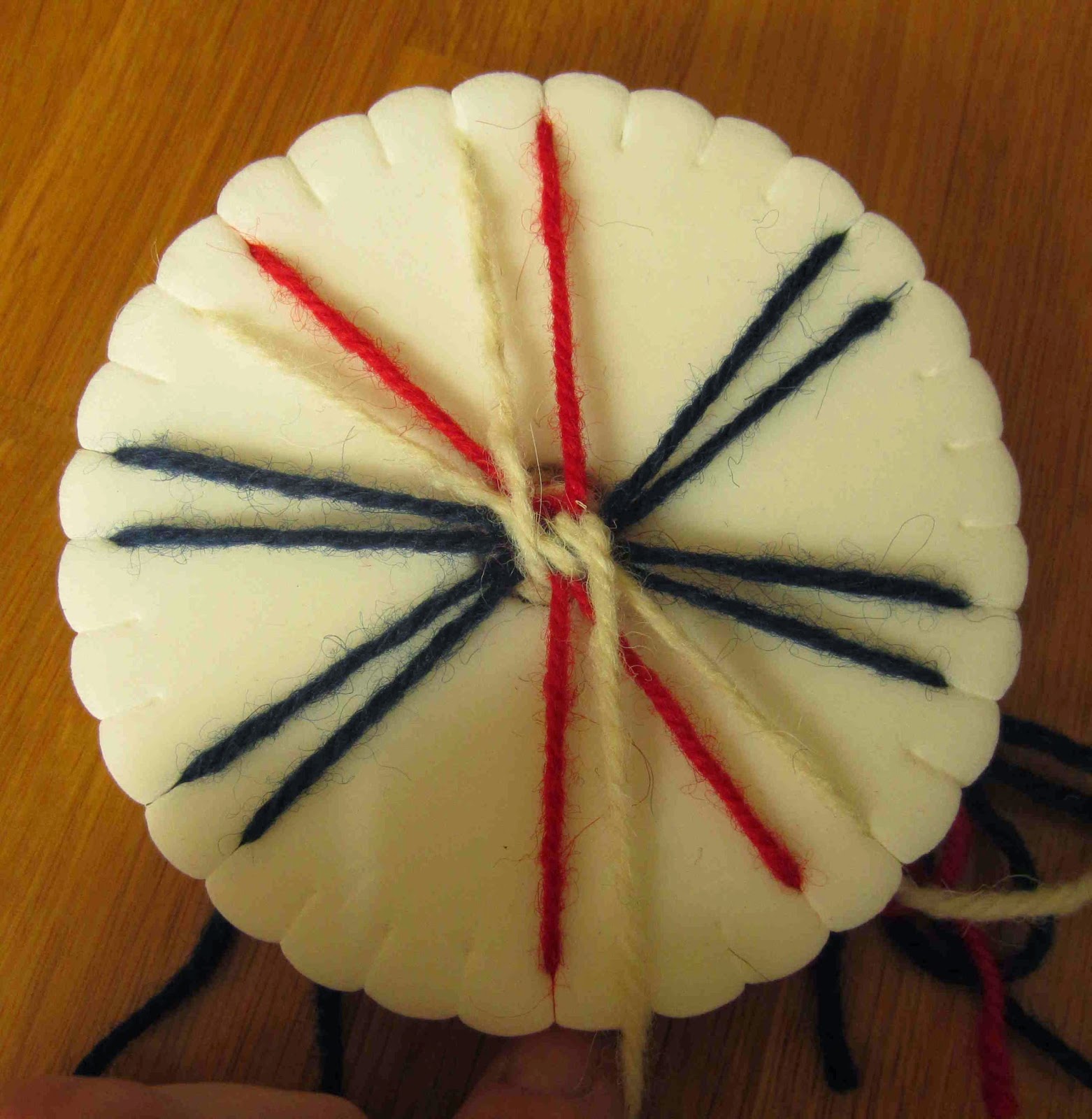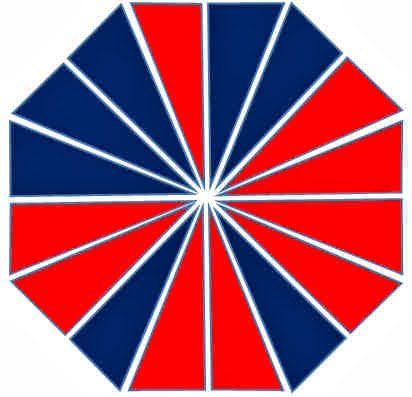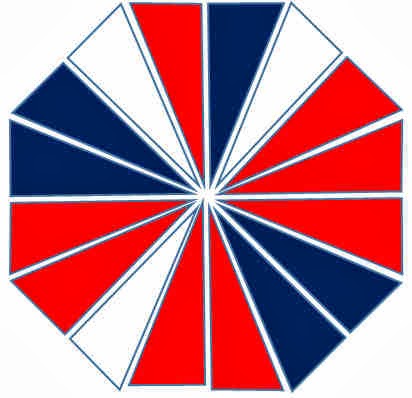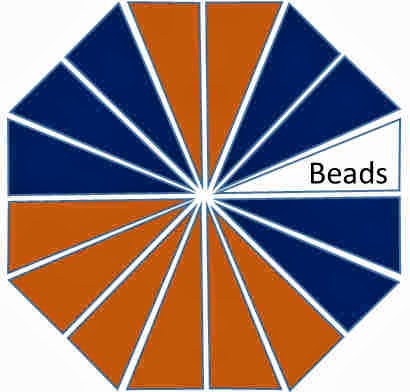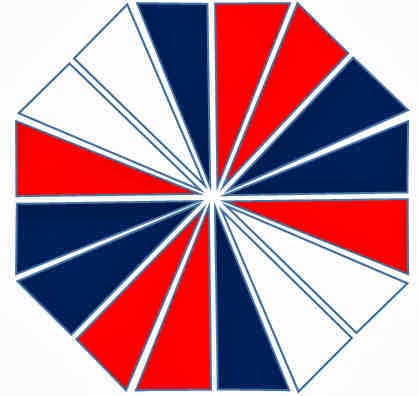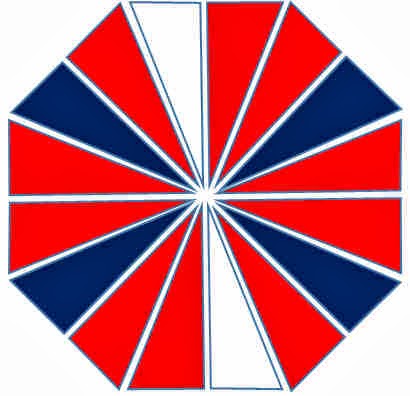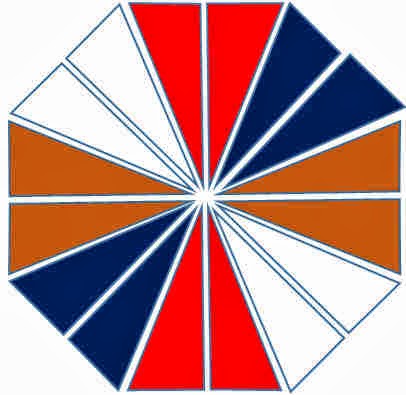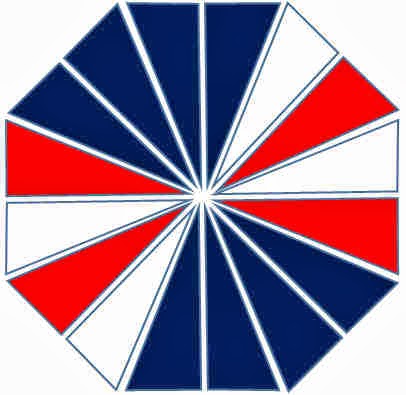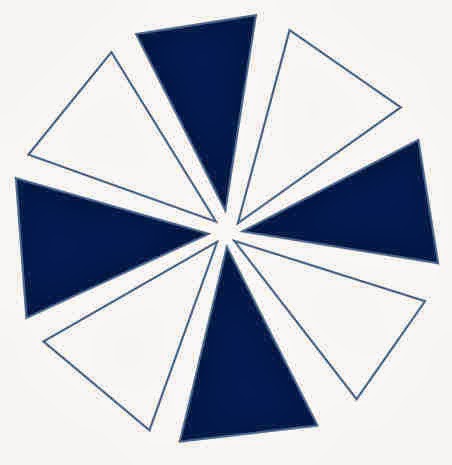For my last City and Guilds assignment I needed to work with a client to develop a scarf to their specifications, in true Teri tradition I didn’t stop at the one scarf needed to complete that assignment, I ended up creating 3 scarves for different people, all with very different results but interestingly very similar colour schemes. This has been a brilliant journey, and a lot of fun working with some good friends to develop their ideas and realise them into felt and fabric.
The first one was for a good friend, unfortunately she’s a bit photo-phobic so I don’t have any photos of her in her new scarf but I was so pleased with how her scarf turned out that I sought out some more “clients” to work with, and found 2 more willing guinea-pigs.
This is the first scarf, it is a reversible snood with a button to help mould the hood to the head when up. She wanted something warm that would offer some protection from wind and rain in purple / fuchsia pink.
This is the silk side:
This is the felt side showing some of the silk hanky decoration:
A better photo of the silk hanky decorations, these catch the light beautifully:
Having enjoyed the process of working with someone else so much, I went in search of my next victimclient, Juliet, a friend from work volunteered her services.
She wanted a floaty, decorative scarf. After looking at some samples and finished scarves she selected nuno-felted silk. After lots of discussion (and I think some influence from Tam) we settled on an infinity scarf design.
This is Juliet wearing her new creation:
My third guinea-pig was Tam, another friend from work. She was quite clear from the outset that she wanted an infinity scarf, after looking at a selection of dyed fabrics she settled on the purple stripy cotton scrim (visible as the lowest fold in the photo) with wool in purples and reds with some orangey-red silk hankies for decoration.
I’m really pleased with how they all turned out, all very different and hopefully a reflection of their new owners’ personalities! Thank you all for helping me to complete this assignment, it has been a lot of fun.
Linking up to nina-marie, off the wall Friday





